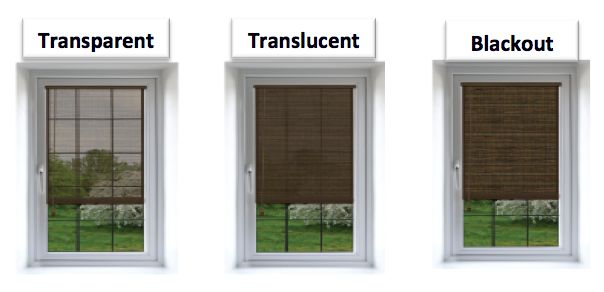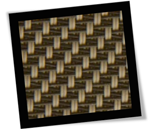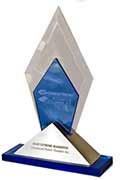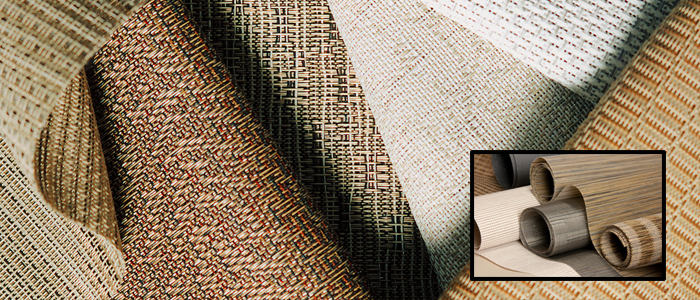When it comes to choosing the right fabric for widow coverings or motorized shades, there are a few important factors to consider. Fabrics perform and offer different types of functions and performance, and choosing the proper fabric depends on the needs to be achieved: glare control, privacy, energy efficiency, and UV protection.
Understand Fenestration
Fenestration is any opening within a structure, including doors, windows, and skylights. Since incorporating windows into a home is a fundamental and integrated design activity, fenestration data is collected and used to meet the needs of energy efficiency set forth by codes, standards, and the homeowner as well as to determine how well a fabric will perform.
Fabric Color & Openness Factors
Light colors combats heat by reflecting the light which makes them great for reducing solar heat gain. Black or dark colors absorb the heat. But, darker fabrics can be more forgiving – they are easier to look at (reduce glare) and the view is seen easier through darker colors.
The openness factor refers to the ratio of open space to fabric material in a weave – impacting the degree of visibility, glare control and UV ray blockage. There are a variety of different openness factors in each fabric that provides varying degrees of visibility, privacy, glare control, and heat protection.
 Below are characteristics of light, dark and dual sided fabrics.
Below are characteristics of light, dark and dual sided fabrics.
Light Colors
- Reduce heat gain
- Reflect more light back into interior spaces
Dark Colors
- Reduce glare
- Provide view through to the outside
Dual-sided Fabrics
- Best of both worlds
- Reflects heat
- Reduces glare while maintaining views
Fabric Weaves
Common Weaves
- Weave constructions offer different looks adding aesthetics, design, fashion and functionality
- 1×1 Plain Weave
- 1×2 Weave
- 2×2 Basket Weave
- Twill Weave
1×1 Basket Weave
- One yarn in warp interlaced with one yarn in the weft
- Basic look – no frills
- Economy – lighter weight construction
1×2 Basket Weave
- One yarn in warp interlaced with two yarns weaving together in the weft
- Construction creates unique “linen effect” in warp direction
2×2 Basket Weave
- Two yarns weaving together in both warp and weft directions
- Most popular construction
- Best view through
Twill Weave
- Unique construction creates “two-tone” look
- Lighter side toward exterior to reflect heat
- Darker side to interior to enhance view through
- “Twill” line adds design to the shade
For more information about motorized shade solutions, feel free to contact one of our integrated technology specialists from the link below.
Request More Information



